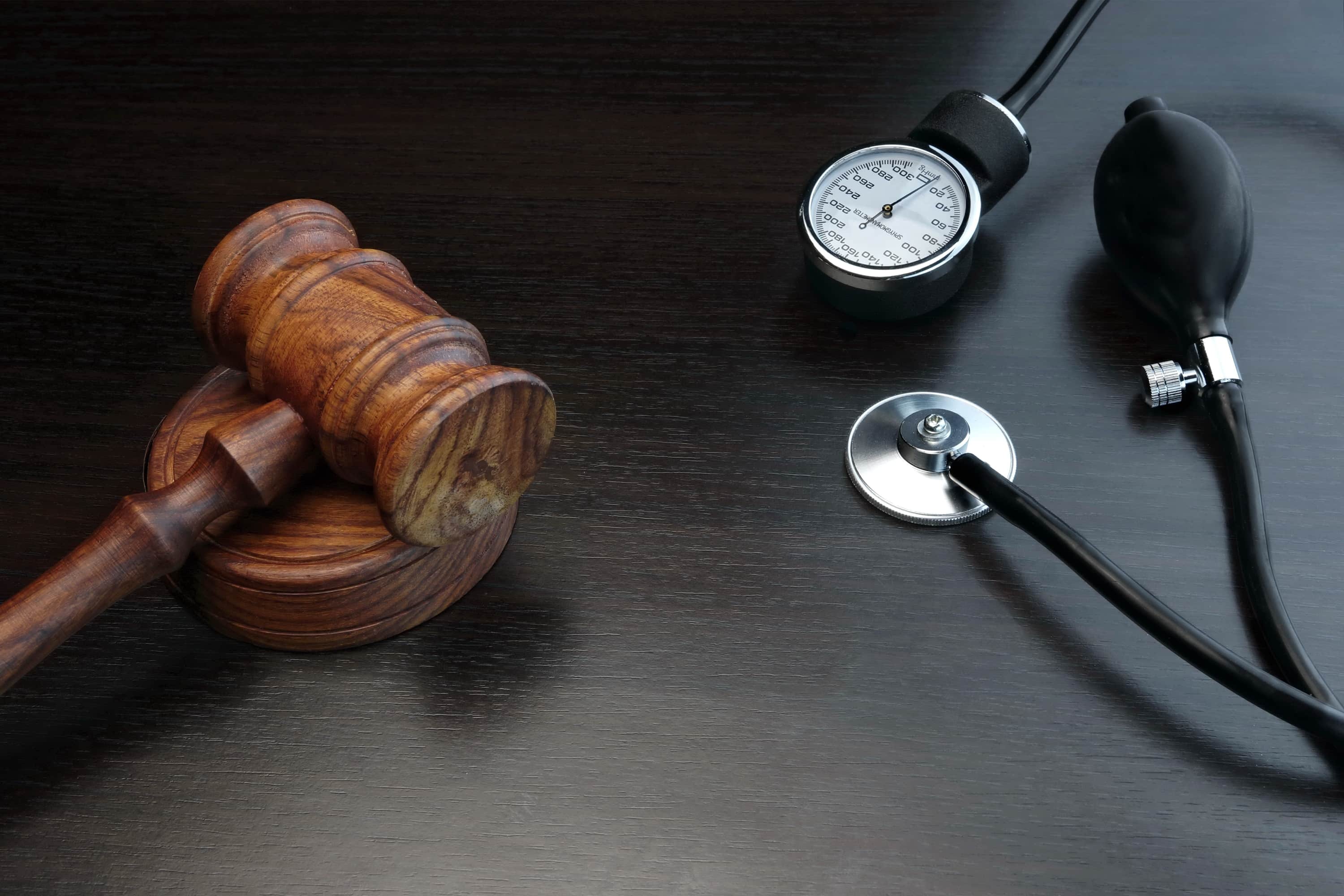
A year ago, we wrote on the perioperative surgical home (PSH) model, a treatment paradigm that appoints the anesthesiologist as the main coordinator of care from the preoperative to perioperative phase. To summarize, the PSH model is utilized to increase efficiency and minimize cost throughout the care continuum.
Academic and research sites such as UC Irvine and University of Alabama were early adopters of the PSH model. In 2014, UC Irvine concluded a clinical study on the impact of PSH within primary joint replacement surgery practices. Researchers found that patients treated within the PSH model were associated with lowered readmission rates throughout 30 days post-surgery to statistical significance[1]. University of Alabama corroborated these results with their early stage study, finding that integration of PSH resulted in lower healthcare costs and increased efficiency in allocation of resources after the integration of PSH[2].
Given the positive results of early PSH studies, other academic institutions have sought to explore PSH in practical settings. For example, physician researchers at the Ochsner Health System in Louisiana recently developed a modified PSH model. In the Ochsner PSH model, anesthesiologists and orthopedic specialists worked in tandem as the main coordinators of care for patient subgroups[3]. To facilitate communication between each therapeutic side, specialists met weekly to discuss the patient pathway. By the end of treatment, Ochsner researchers found that the PSH treatment group was associated with improved outcomes and lowered costs, with an approximate savings of several hundred dollars per patient. Furthermore, patients in the PSH model did not present with worse clinical outcomes than control. In sum, the Ochsner study presents a strong case for the PSH model as a potential lever for increasing quality of care on a patient basis, while also pushing up value and driving costs down.
In multiple instances of the PSH model, anesthesiologists have served as physician leaders to great success. With expertise in multiple domains of the patient experience, anesthesiologists are strong candidates to remain at the forefront of the integration of the PSH model nationwide. As the healthcare field moves towards an emphasis on value-based care, anesthesiologists will prove to be essential leaders in PSH model applications as well as further optimized models of care.
Update: The American Academy of Physical Medicine and Rehabilitation officially endorsed the PSH model on October 12, 2017[4], further supporting the increased importance of PSH as a viable and efficient model for integration into healthcare institutions nationwide.
[1] http://www.anesthesiology.uci.edu/psh.shtml
[2] https://bmcanesthesiol.biomedcentral.com/articles/10.1186/1471-2253-13-6
[3]http://www.anesthesiologynews.com/Clinical-Anesthesiology/Article/08-17/Perioperative-Surgical-Home-Model-Shows-Benefits-in-Primary-TKA/42089/ses=ogst?enl=true
[4]https://www.aapmr.org/news-publications/member-news/member-news-details/2017/10/12/aapm-r-endorses-the-american-society-of-anesthesiologists-(asa)-perioperative-surgical-home-

